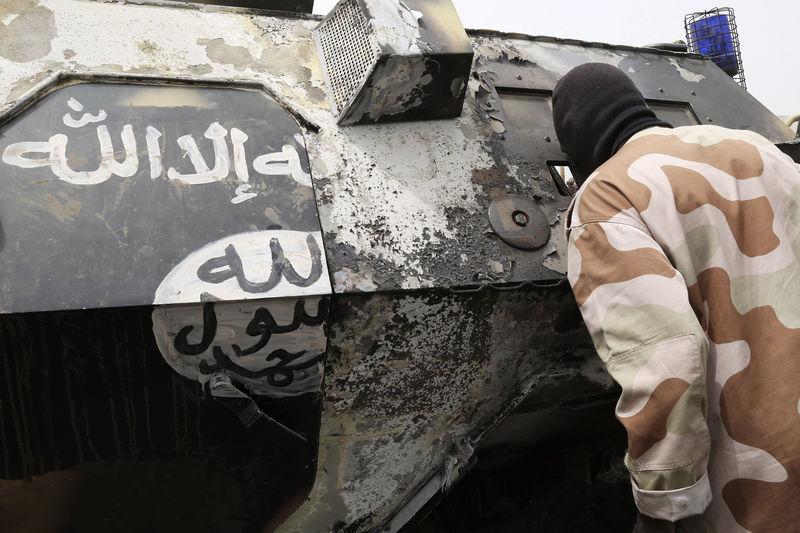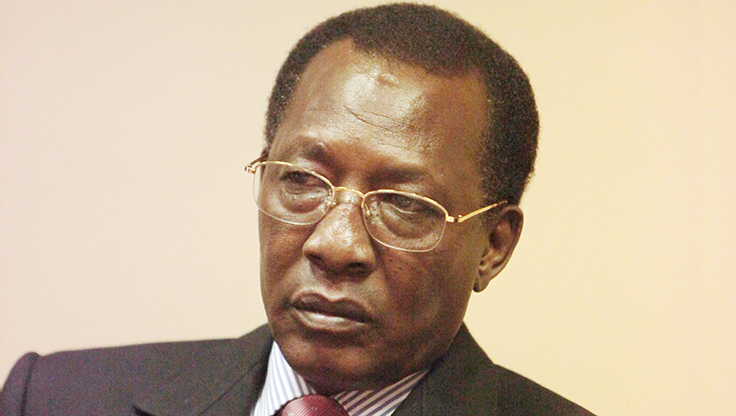Details are beginning to emerge on the recent military successes recorded against Boko Haram in north-eastern Nigeria.
In a report published by Daily Telegraph of London, a former commander in the South African Defence Force spoke at length on the involvement of mercenaries in the most successful strikes against the insurgents so far.
Eeben Barlow, a retired colonel who heads Specialized Tasks, Training, Equipment and Protection (STTEP), said his group of “bush warfare experts” were recruited in “top secrecy” in January to train an elite strike group within the Nigerian army.
Initial reports were denied by the federal government in January. The authorities said the soldiers were only being trained on the new arms acquired by Nigeria.
Advertisement
Last week, Barlow, 62, discussed his company’s role in a seminar at the Royal Danish Defence College, and in a separate interview with a Sofrep.com, a special forces website.
He described in detail the “aggressive” strike force that was created to push Boko Haram onto the back foot.
“The campaign gathered good momentum and wrested much of the initiative from the enemy,” he said.
Advertisement
“It was not uncommon for the strike force to be met by thousands of cheering locals once the enemy had been driven from an area.”
Describing Boko Haram as “a bunch of armed thugs who have used religion as the glue to hold their followers”, Barlow said the initial plan was for his men to train up a team to help free the Chibok schoolgirls.
However, as Boko Haram continued to run amok across northern Nigeria, massacring hundreds at a time in village raids, the plan turned to schooling Nigeria’s “largely traditional” army in “unconventional mobile warfare”.
Key to this was a tactic known as “relentless pursuit”, which involved mimicking Boko Haram’s hit-and-run tactics with non-stop assaults. Once the insurgents were on the run and their likely route established, members of the strike force would be helicoptered into land ahead of them to cut off their likely escape routes, gradually exhausting them.
Advertisement
The South Africans even used bush trackers to work out where their enemies were going, an old-fashioned art that proved vital in Boko Haram’s forest hideouts.
“Good trackers can tell the age of a track as well as indicate if the enemy is carrying heavy loads, the types of weapons he has, if the enemy is moving hurriedly, what he is eating, and so forth,” said Barlow.
While the Nigerian government has insisted the South Africans’ role was mainly as “technical advisers”, Barlow suggested his men had been involved in direct combat.
His air power unit was “given ‘kill blocks’ to the front and flanks of the strike force and could conduct missions in those areas,” he said.
Advertisement
His forces also helped with intelligence gathering, troop transportation and evacuation of casualties.
Barlow warned that while the Nigerians had done well within three months that he had been contracted to mentor them, “the enemy was able to flee the battlefield with some of their forces intact, and will no doubt regroup and continue their acts of terror.”
Advertisement
1 comments







I do not think these mercenaries really made any difference in the war against BOKO Haram. It was the losses inflicted on BH by the Chadian Army that degraded the insurgents. They were cut off from their supply lines a cross the border. Kudos to Idris Deby.